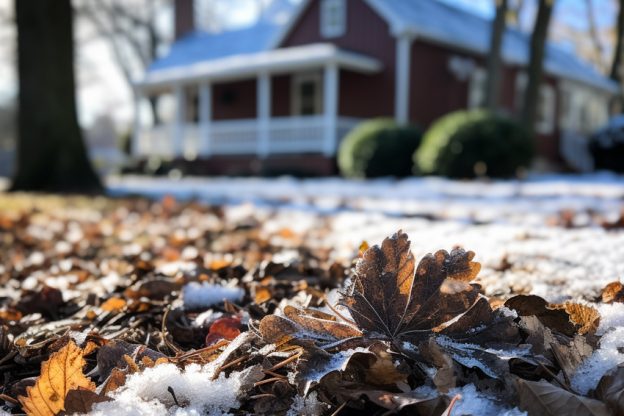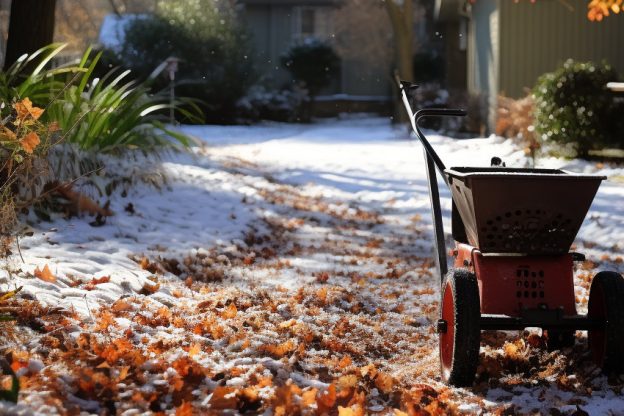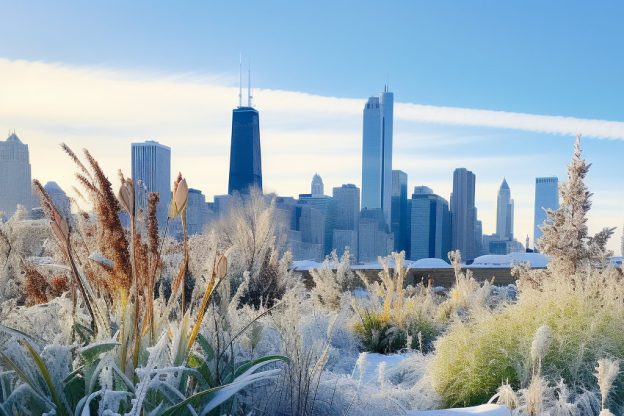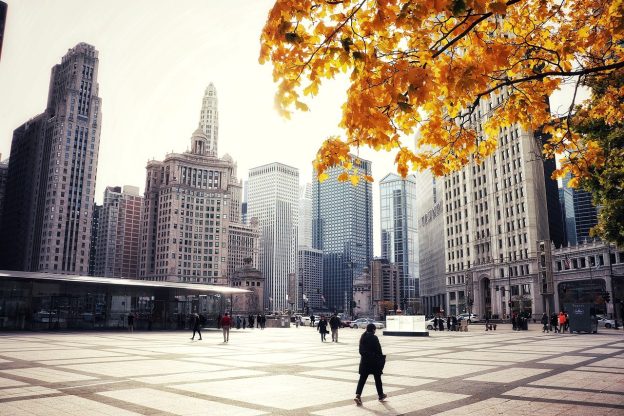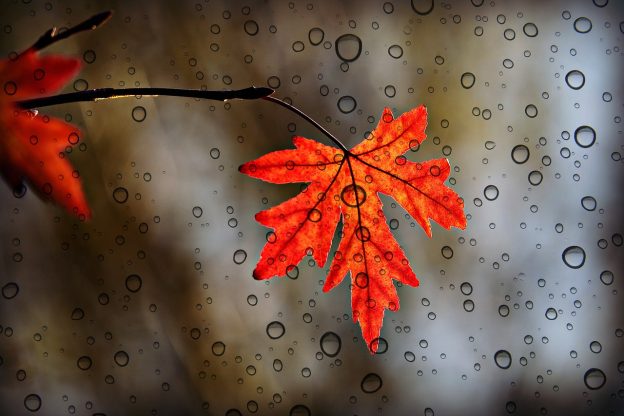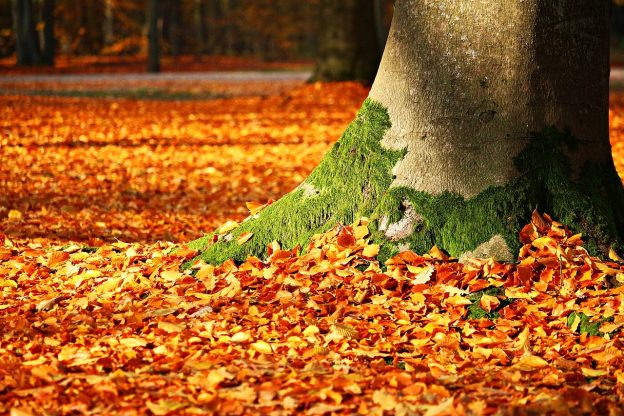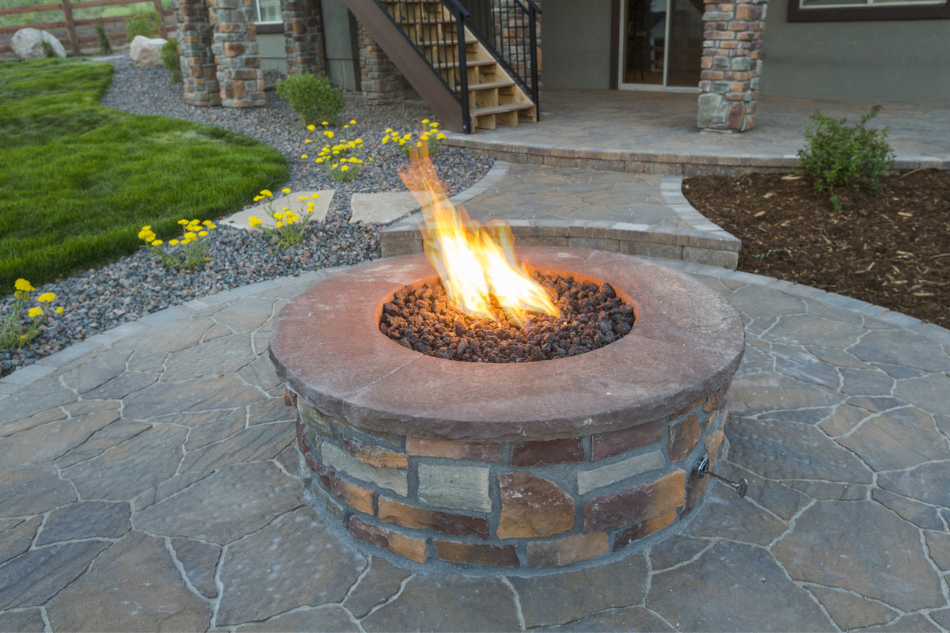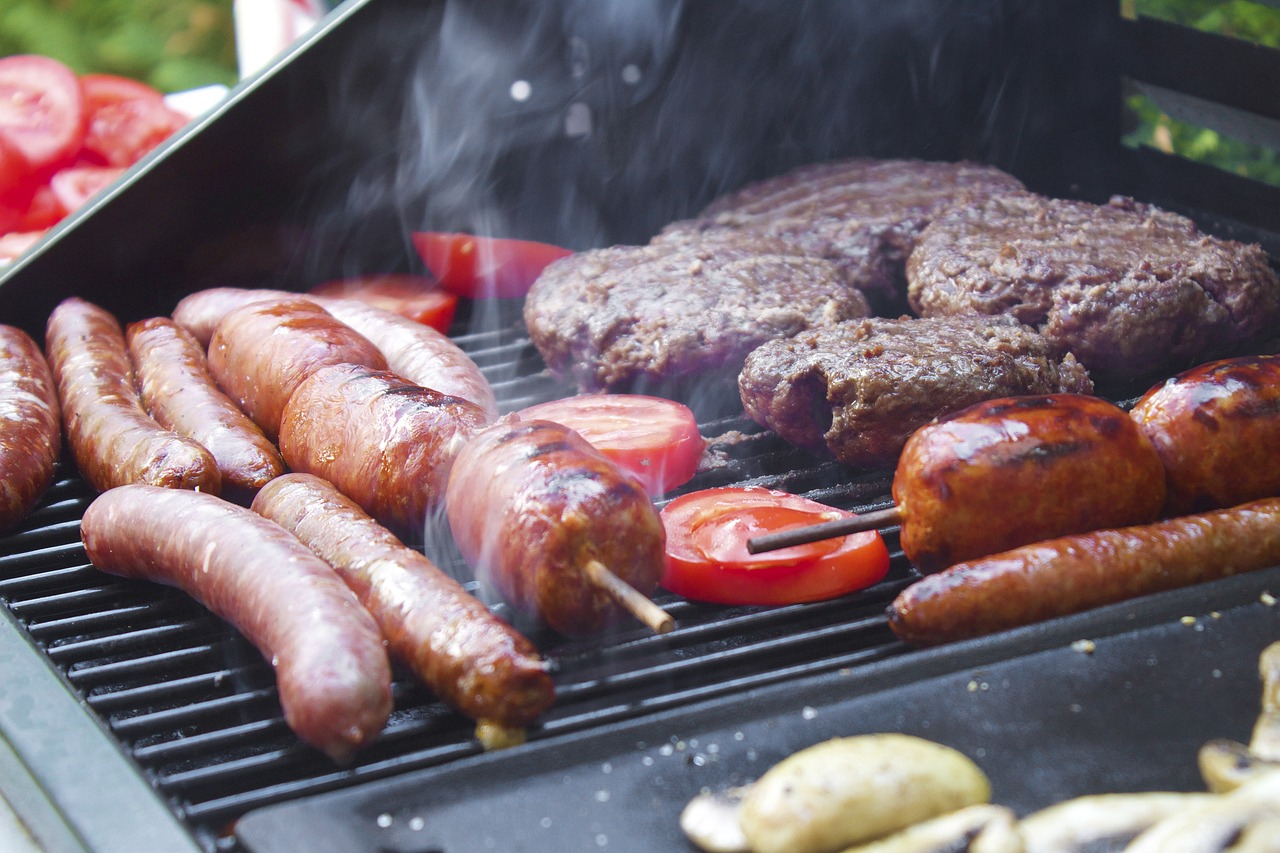You have labored over your garden all year; do not let winter undo your hard work. Mulching is an essential, yet often overlooked, winter gardening task. It is not just about keeping your garden tidy; it is about protecting your plants from harsh weather. You will gain an understanding of the reasons behind winter mulching, the methods involved, and the common mistakes to avoid. Learn how to ensure your garden thrives, even in the coldest months.
Understanding the Basics of Mulching
In the world of gardening, you will find that understanding the basics of mulching is not just beneficial, it is essential. There are many benefits to mulching, including improving soil fertility weed prevention, and retaining soil moisture, keeping your plants hydrated and healthy.
When it comes to mulching tools, there is no need for anything elaborate. A basic garden fork or spade is sufficient for spreading mulch, and if you are working on a larger area, a wheelbarrow can be useful for transporting your mulching materials.
Benefits of Mulching During Winter
Protects Plants from Frost
During the cold winter months, you will find mulching particularly beneficial for protecting your plants from frost and harsh weather conditions. This process, known as mulch insulation, creates a barrier that helps in temperature regulation. It keeps the soil warm, reducing the risk of root damage caused by freezing temperatures.
Enriches the Soil
Mulch not only serves as an insulator but also enriches the soil by decomposing over time. This soil enrichment process promotes the growth of beneficial bacteria and fungi, crucial for nutrient cycling and overall soil health. By adding organic matter to the soil, mulch improves its fertility and structure, allowing plants to thrive even in harsh winter conditions.
Keeps Plants Hydrated
Mulch helps in water retention, minimizing the need for additional watering during winter’s drier periods. By retaining moisture, mulch ensures that your plants stay hydrated throughout the season.
Protects Against Pests
Mulching also acts as a pest protection strategy, deterring certain pests that could otherwise harm your plants in winter. It serves as a physical barrier, making it difficult for pests to reach plant stems and roots. In essence, mulching during winter is a multifaceted technique that provides insulation, promotes soil health, conserves water, and deters pests.
Types of Winter Mulch
Now that you are aware of the multiple benefits of winter mulching, it is essential to understand that not all mulches are equally effective in winter; certain types are specifically designed for cold weather use. Your mulch selection is critical, as it impacts the overall plant health and soil quality.
When it comes to mulch materials, you have got options: organic or inorganic. Organic mulches, such as wood chips and straw, improve soil structure and add valuable nutrients to the soil as they decompose. Inorganic mulches, such as rocks and plastic sheeting are long-lasting and effective at weed prevention, but do not add any nutrients to the soil. Organic mulches, like wood chips or straw, improve soil structure as they decompose, adding valuable nutrients back into the soil. Inorganic mulches, such as rocks or plastic sheets, do not enrich the soil but they are long-lasting and excellent at weed suppression.
Consider these mulch varieties:
- Straw or Hay: These organic mulches are popular for winter mulch layering due to their excellent insulation properties. They are lightweight, allowing the soil to breathe while protecting it from freezing temperatures.
- Leaves: If shredded, leaves can make a fantastic organic mulch. They are readily available in autumn, decompose slowly, and improve soil fertility.
- Bark or Wood Chips: These organic mulches are usually used for perennial beds. They decompose slowly and help to moderate soil temperatures.
- Compost: Rich in nutrients, compost feeds the soil while providing a good insulative layer.
- Plastic Mulch: This is a type of synthetic mulch, effective at retaining heat but it does not add any nutrients to the soil.
Step-by-Step Mulching Guide
Once you have chosen your winter mulch, it is time to learn the proper mulching technique to protect your plants against the cold. Your mulch selection should align with your garden’s needs.
- Begin by preparing the soil. Remove weeds and debris, then water the soil thoroughly before applying mulch. This ensures your plants will have enough moisture during the winter months.
- Next, gather your mulching tools. A garden fork or rake is useful for spreading the mulch evenly. The mulch layer should be around 2-4 inches thick. Do not pile mulch against the plant stems as this can cause rot.
- Maintain your mulch throughout the winter. Check it periodically to make sure it is not compacted or blown away. If it is thinning, add more to keep a consistent layer.
- Lastly, application techniques are crucial. Apply mulch after the first hard frost to prevent rodents from nesting. Remember, the purpose of winter mulching is to keep the soil frozen, not warm. It prevents frequent freeze-thaw cycles that can damage roots. With these steps, you will effectively shield your plants from harsh winter conditions.
Common Mulching Mistakes to Avoid
Despite following the step-by-step guide, you might still encounter issues if you are not aware of common mulching mistakes to avoid. Here are some of the most typical missteps and how you can prevent them:
- Over mulching dangers: Too much mulch can suffocate your plants, causing root rot and encouraging pests. Keep mulch about 2-3 inches deep for best results.
- Mulch selection errors: Not every mulch is suitable for all plants. For instance, cedar mulch works great for acid-loving plants but may harm others. Research the specific needs of your plants.
- Improper application techniques: Mulch should never touch the trunk of a tree or the stems of plants. This could lead to decay and attract pests.
- Ignoring mulch maintenance: Mulch needs to be refreshed and turned regularly to prevent it from becoming matted and ineffective.
- Timing: Applying mulch too early or too late in the season can hinder plant growth. The best time is usually late spring or early fall.
Conclusion
Winter mulching is not just beneficial, it is essential. It protects your plants from harsh conditions, conserving moisture and maintaining soil temperatures. Whether you choose organic or inorganic, correctly applying mulch can make a world of difference. Avoid common mistakes and your garden will thank you. Remember, winter mulching is a small investment of time and effort, but the rewards in plant health and growth are worth it. Do not skip this crucial step in plant care.


